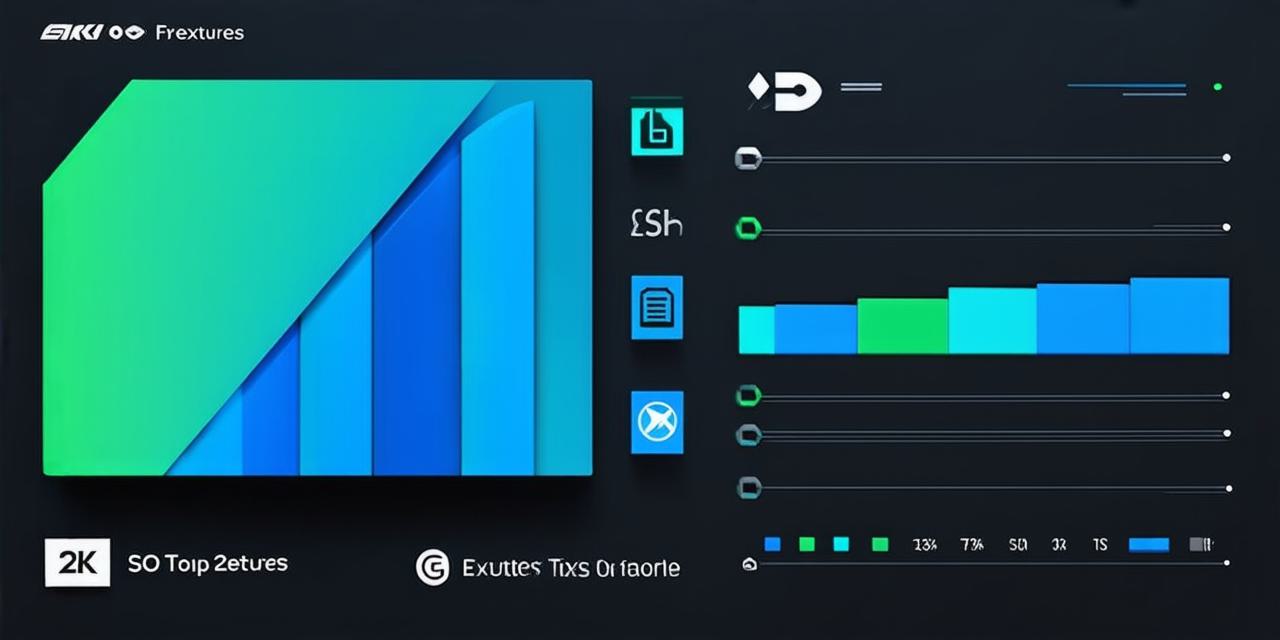Understanding SEO Basics
SEO (Search Engine Optimization) is the practice of increasing the quantity and quality of traffic to your website through organic search engine results. It’s essential to grasp these fundamentals to create a solid foundation for your web designs.
Keyword Research:
Identify relevant keywords that potential visitors are using to find sites like yours. Tools like Google Keyword Planner can help you discover these gems. For instance, if you design eco-friendly websites, keywords such as “sustainable web design,” “green website,” and “eco-friendly website” could be valuable targets.
Designing with SEO in Mind
Your design choices significantly impact your site’s SEO performance. Here’s how:
Mobile-Friendliness:
With mobile traffic accounting for over half of all web traffic, ensuring your designs are responsive is no longer an option—it’s a necessity. For example, if a user visits your website on their smartphone and finds it difficult to navigate, they may leave the site immediately, increasing your bounce rate and potentially harming your search engine rankings.
Site Speed:
A slow-loading website can drive visitors away and harm your search engine rankings. Optimize images, minify CSS, and leverage browser caching to improve site speed. For instance, compressing images before uploading them can significantly reduce load times, making your site more user-friendly and improving its SEO performance.
Optimizing Content

Content is king in the SEO world. Here’s how to make it work for you:
Quality Over Quantity:
Prioritize creating high-quality, valuable content over churning out large volumes of low-quality content. For example, a well-researched and informative blog post about the latest web design trends will be more beneficial to both your visitors and search engines than a hastily written, low-quality article.
Keyword Placement:
Strategically place your keywords throughout your content, including the title, headings, and body text. But remember, don’t keyword stuff! Overusing keywords can negatively impact your site’s SEO performance.
Building Backlinks
Backlinks are links from other websites to yours. They act as votes of confidence in your site, boosting your search engine rankings:
Quality Over Quantity:
Aim for high-quality backlinks from reputable sites rather than a multitude of low-quality ones. For example, securing a backlink from a well-known design blog can significantly improve your site’s credibility and SEO performance compared to numerous links from lesser-known or spammy websites.
Tracking and Analyzing Performance
To improve your SEO performance, you need to track and analyze your results:
Google Analytics:
This powerful tool provides insights into your website traffic, user behavior, and conversion rates. For example, by analyzing your bounce rate, you can identify areas of your site that may be confusing or unappealing to visitors, allowing you to make necessary improvements.
FAQs
What is the importance of SEO for web designers?
SEO helps attract organic traffic to your site, improving its visibility and increasing potential clients. By optimizing your designs for search engines, you can ensure that your work is seen by a wider audience, leading to increased opportunities and growth for your business.
How can I improve my site’s speed?
Optimize images, minify CSS, and leverage browser caching to boost your site speed. Additionally, consider using a content delivery network (CDN) to distribute your site’s content across multiple servers, reducing load times for users around the world.
What tools can help me with keyword research?
Google Keyword Planner is a popular tool for discovering relevant keywords. However, there are other options available, such as Moz Keyword Explorer and SEMrush Keyword Magic Tool, which offer additional features and insights to aid in your keyword research efforts.


